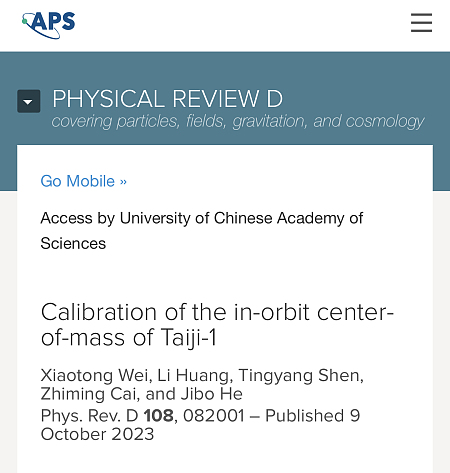Abstract
With aLIGO’s discovery of the gravitational wave (GW) sources, we were ushered into the age of observational GW astronomy. The success of LISA Pathfinder in demonstrating the LISA drag-free requirement paved the road of using space missions for detecting low-frequency and middle-frequency GWs. The new LISA GW mission proposes to use arm length of 2.5 Gm (1Gm = 106 km). The TAIJI GW mission proposes to use arm length of 3 Gm. In order to attain the requisite sensitivity, laser frequency noise must be suppressed to below the secondary noises such as the optical path noise, acceleration noise etc. In previous papers, we have performed the numerical simulation of the time delay interferometry (TDI) for original LISA, ASTROD-GW and eLISA together with a LISA-type mission with a nominal arm length of 2 Gm using the CGC2.7/CGC2.7.1 ephemeris framework. In this paper, we follow the same procedure to simulate the time delay interferometry numerically for the new LISA mission and the TAIJI mission together with LISA-like missions of arm length 1 Gm, 2 Gm, 4 Gm, 5 Gm and 6 Gm. To do this, we work out a set of 2200-day (6-year) optimized mission orbits of each mission starting at March 22, 2028 using the CGC 2.7.1 ephemeris framework. We then use numerical method to calculate the residual optical path differences of the first-generation TDI configurations --- Michelson X, Y & Z; Sagnac α, β & γ; Relay U, V & W; Beacon P, Q & R; Monitor E, F & G --- and the second generation TDI configurations --- 2-arm type, [ab, ba]’s (a, optical path from S/C 1 to S/C 2 and back to S/C 1; b, optical path from S/C 1 to S/C 3 and back to S/C 1); [aabb, bbaa]’s; [abab, baba]’s; [abba, baab]’s; Sagnac-type α2, β2 & γ2. The resulting optical path differences of the second-generation TDI calculated for new LISA, TAIJI, and LISA-like missions or arm length 1, 2, 4, 5 & 6 Gm are well below their respective limits which the laser frequency noise is required to be suppressed. However, for of the first generation X, Y, and Z TDI configurations, the original requirements need to be relaxed by 3 to 30 fold to be satisfied. For the new LISA and TAIJI, about one order of magnitude relaxation would be good and recommended; this could be borne on the laser stability requirement in view of recent progress in laser stability. Compared with X, Y and Z, the X+Y+Z configuration does have a good cancellation of path length differences and could serve as a null string detection check. We compile and compare the resulting differences of various TDI configurations due to the different arm lengths for various LISA-like mission proposals and for the ASTROD-GW mission proposal.





